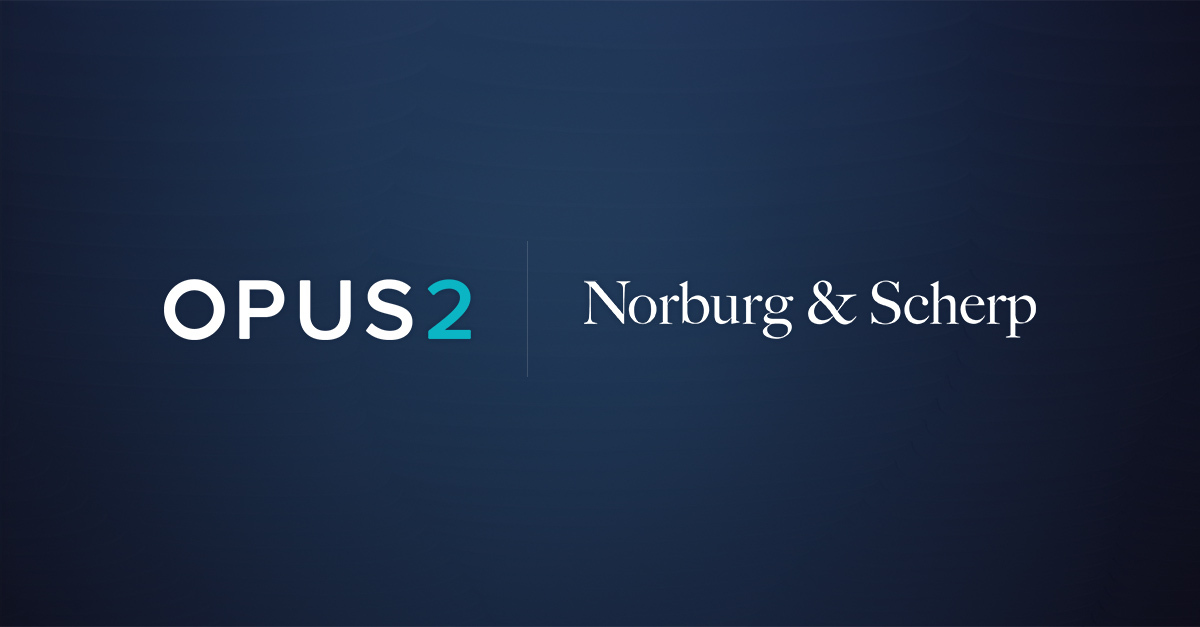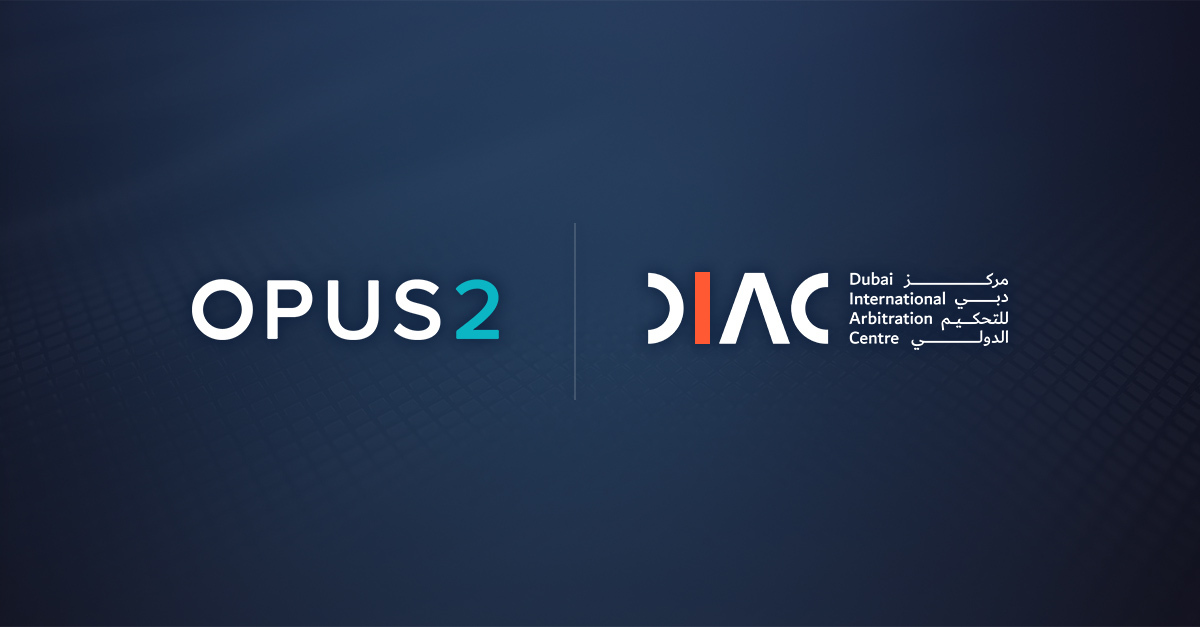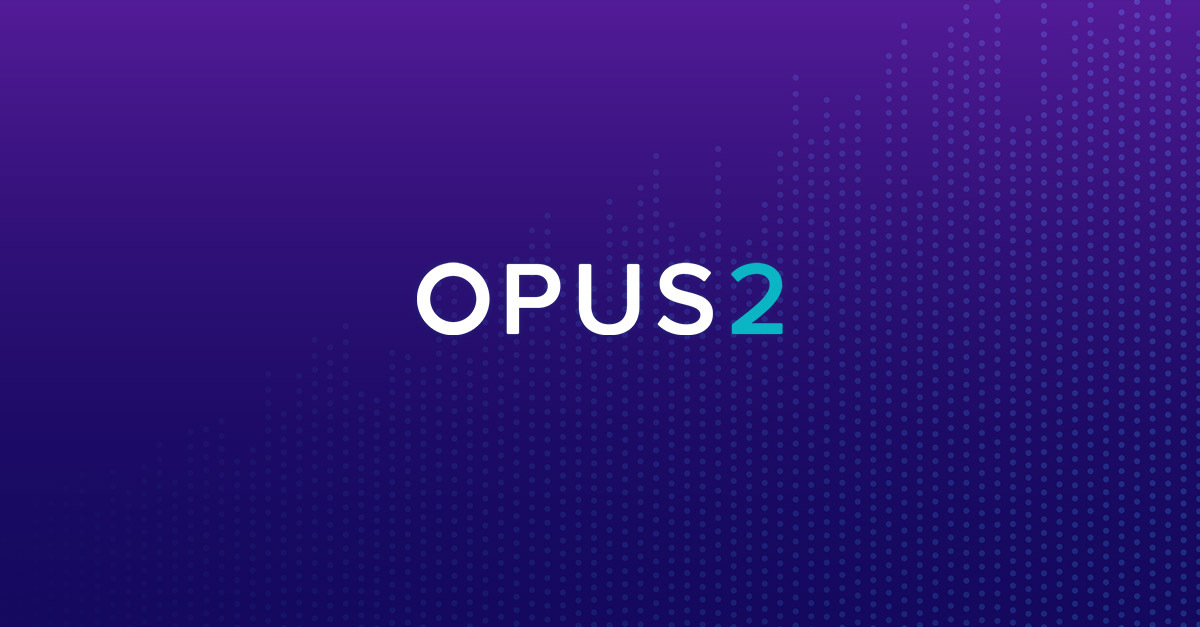Leveraging deposition transcripts is crucial in litigation. Historically, the process of reviewing, annotating, and designating transcripts has been largely manual. Fortunately, within the best case management software you’ll find tools designed to streamline transcript management workflows. With legal transcript management software, your team can be more efficient, collaborative, organized, and effective than ever.
In this article, we’ll explore transcript management software. To start, we’ll share a definition, an overview of the common challenges teams face when managing transcripts manually, and the benefits of using transcript management software. Next, we’ll give an overview of the capabilities of software for transcript management. Finally, we’ll offer a few buying considerations and additional resources to explore.
Read on, or click the links below to jump to a topic:
- What is transcript management software?
- Challenges of manual transcript management
- Benefits of using transcript management software
- Transcript management software overview
- Buying considerations
- Additional transcript management resources
Or, if you want to see the software in action, check out our Advanced transcript management webinar.
What is transcript management software?
Transcript management software is technology that enables legal teams to digitize and streamline processes related to legal deposition transcripts including transcript review, annotations, designations, and video clipping. This technology may also be called deposition transcript management software or deposition management software.
Tools for advanced transcript management are offered in case management software. These platforms centralize case management, including transcript management, and interlink all elements of a case including key witness testimony, event chronology, and evidence.
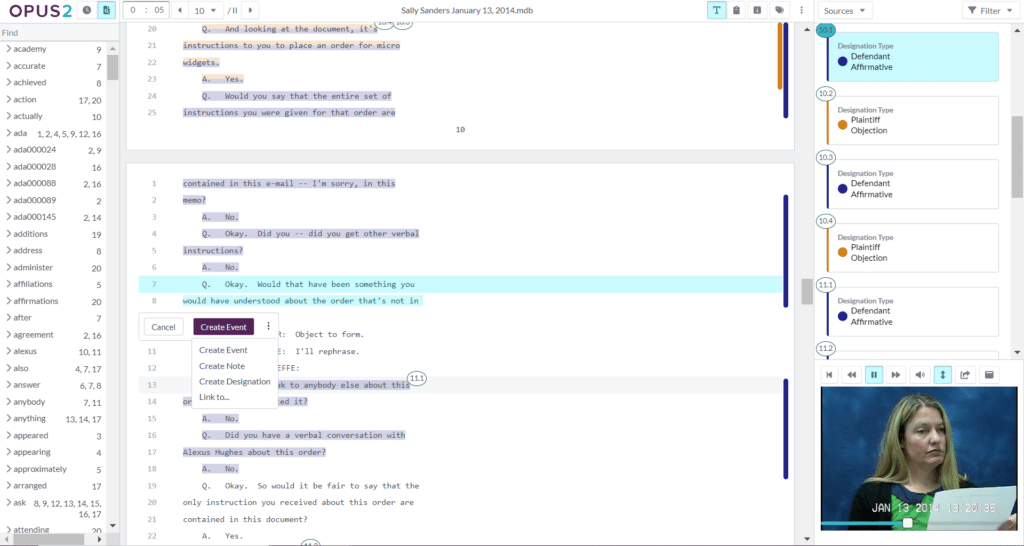
Challenges of manual transcript management
While almost every litigation team uses technology, those not using a tool specifically designed for transcript management may face some challenges. Many teams use a PDF editor or word processor to review, highlight, and annotate deposition transcripts. These applications work for that purpose but have limitations.
For example, team collaboration and version control are often an issue. Additionally, even when stored in a file-sharing tool, searching by topic or keyword is difficult or impossible. Transcripts aren’t linked to case evidence and events, making it time-consuming to find and reference related information. Designations must be gathered manually, page by page, which can lead to errors and formatting inconsistencies. Just these few transcript-related tasks, when done manually, can represent hundreds of hours of work per case – at a significant cost to your client.
Benefits of using transcript management software
Case management solutions aim to improve litigation processes for lawyers and their teams. These applications are thoughtfully designed with litigation workflows in mind to simplify and automate manual processes.
With case management software litigation teams can:
- Improve team collaboration and process management
- Increase efficiency, completing tasks in a fraction of the time
- Enhance visibility and case organization
- Centralize all of your casework including documents, transcripts, workflows, and more
- Collaborate easily with expert witnesses, co-counsel, and clients
- Reduce costs for clients, positively impacting satisfaction
- Scale instantly and collaborate globally with cloud-based solutions
- Integrate eDiscovery and other legal tech for added efficiency
- Establish consistent processes based on best practices
- Navigate interconnected evidence, events, characters, and transcripts
Transcript management software overview
When exploring case management software, you’ll find a few options. Here’s what you should look for when it comes to transcript management capabilities.
Transcript review
The minute you get the deposition, your team is off to the races. With advanced transcript management tools, members can work simultaneously to begin the review process. Consider having junior associates, litigation support professionals, or paralegals handle initial reviews in collaboration with partners. To get a head start, they can:
- Upload transcripts and automatically link exhibits and synchronize video
- Tag and organize key sections of testimony by topic or issue
- Link testimony to relevant evidence, documents, events, and characters
- Search or view a word index for key topics and information
- Add comments with follow-up questions, and requests to review
Annotation
Transcript management software enables you to replace the rough deposition transcript with the final version without losing any of your work from the initial review. After receiving the finalized transcript, you’ll need to review key exchanges and make additional notes like:
- Corrections for the errata deposition sheet
- Internal comments with next steps for your team
- Summaries of lengthy sections of testimony
Deposition designations
Once you’ve reviewed and annotated the transcript, you’re ready to work on your deposition designations. With deposition transcript management software, it’s incredibly easy to make your designations, exchange them with opposing counsel, and process counter designations as well as objections:
- Highlight your designations and customize formatting to meet court requirements
- Track changes and updates to designations and notes
- Select text precisely with partial-line designations as needed
- See synced video runtime totals as you make your designations
- Create your designations list for exchange automatically
- Import the opposition’s designations to make counter designations, objections, or notes
- Track the court’s ruling to designation objections
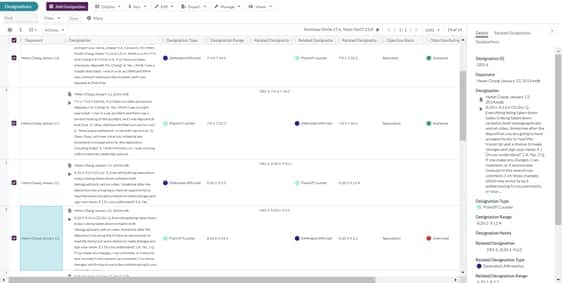
Case overview
The results of your depositions will influence your trial strategy and having everything in one place helps you see the big picture. Case management software with transcript management enables you to view the connections between depositions and the other elements of the case. On a single screen you can:
- Navigate using a transcript word index with key terms and their occurrences
- See the transcript in the same window with related characters, events, and evidence
- View and edit corresponding deposition video clips based on your selections
Reports and exports
Once you’ve gathered your transcripts, reviewed, and annotated them, you’ll need to use that information to create deliverables. With transcript management software, you’re able to quickly search, filter, and create worksheets for your team or to submit to the court.
- Filter transcript testimony from multiple witnesses by topic, keyword, or issue
- Quickly build and export objection charts
- Automatically sync and clip deposition videos and transcripts
- Export deposition designation files for trial presentation
- Prepare and export electronic bundles for submission
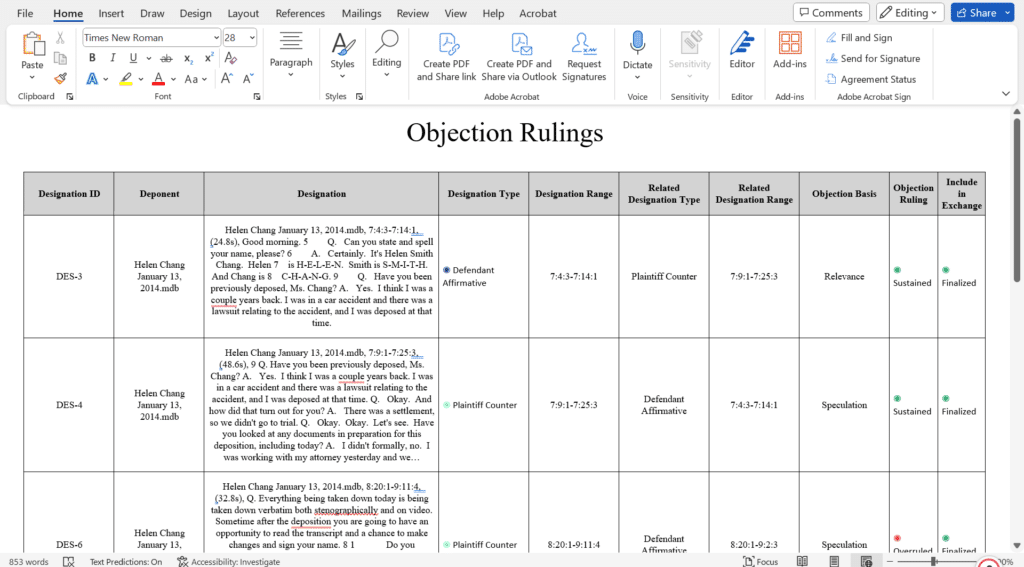
Buying considerations
In addition to the features listed above, there are a few other things to keep in mind when exploring deposition and transcript management solutions.
Look for an all-in-one solution
To get the most value out of your software, all areas of your process should connect seamlessly. Some case management solutions specialize in one area like case chronology, document management, or transcript management. Often, they’ll have robust capabilities in one area, but limited functionality in others. So, make sure the platform you select supports your entire workflow, not just transcript management.
Prioritize best-in-class support
User adoption is crucial for any legal technology. Spend time asking questions and reading reviews about user support resources. Implementation, onboarding, and ongoing enablement are three areas to focus on. How will they help you deploy your solution? What training resources do they provide for onboarding and user training? Will users have access to live support and help resources when troubleshooting an issue?
Software is an investment, and finding the budget for a new solution may be difficult. As you evaluate best-in-class options, consider adopting a cost recovery approach to help offset the purchase. Getting clients invested in your legal technology is beneficial to both parties. Check out this blog to explore cost recovery for legal technology in more detail.
Additional transcript management resources
Still want to learn more? Check out these helpful resources to explore deposition transcript software, best practices, and processes.
- Webinar: Advanced transcript management – An inside look at case management software
- Webinar: Best practices in deposition transcript management
- Article: Deposition designations guide
- Article: Deposition summary guide
If you have additional questions or would like to see Opus 2 Cases in action, get in touch and request a demo.

